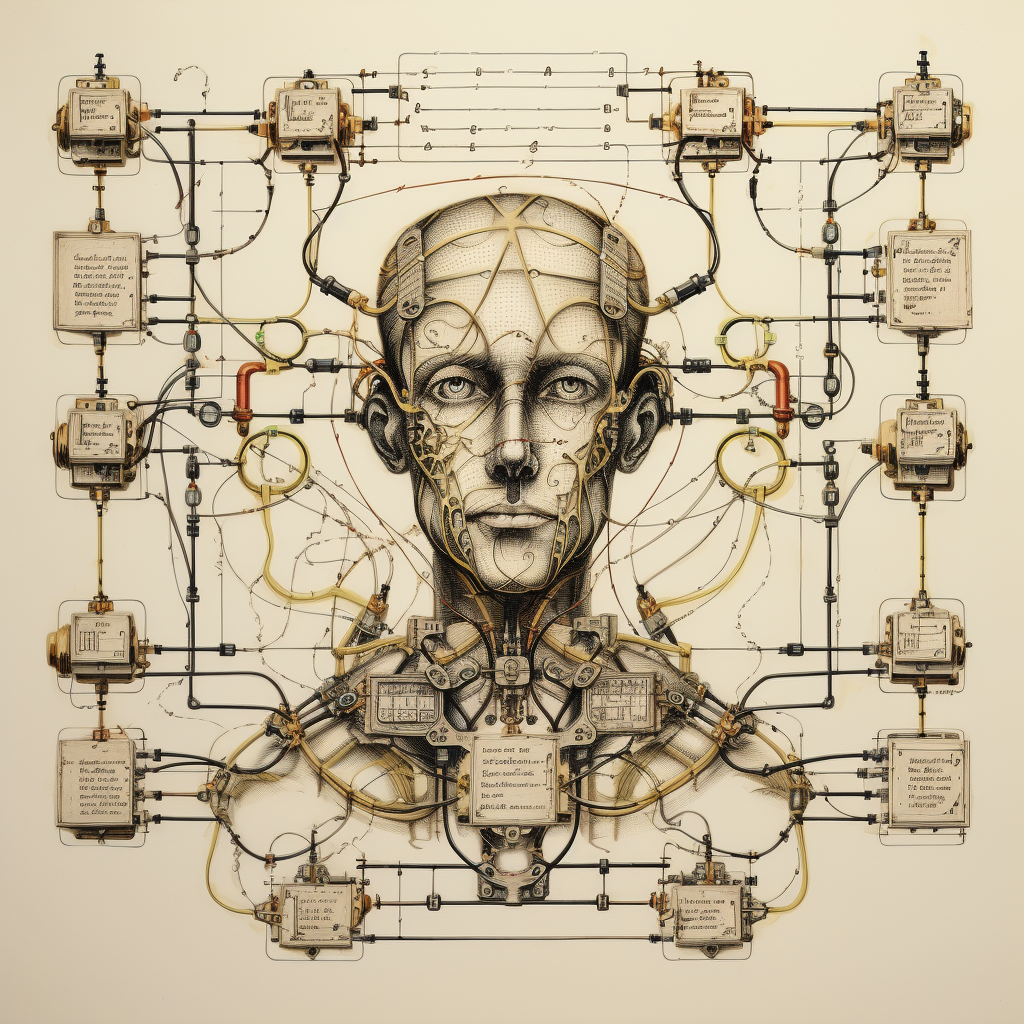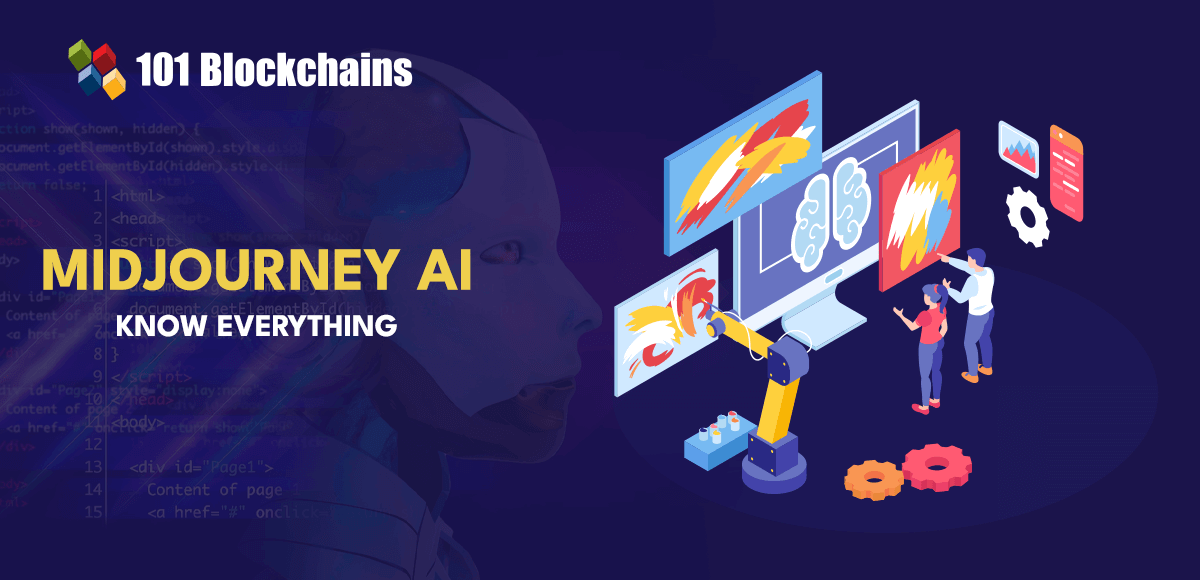Artificial intelligence and machine learning have revolutionized the field of computing. These technologies allow computers to recognize patterns in large datasets and use historical data to make predictions. However, the ultimate goal is to create machines that can learn independently without human intervention. To understand this concept, it is important to learn about deep learning, which simulates human intelligence in machines through neural networks. This article provides a detailed introduction to deep learning, explaining its definition, working mechanisms, and use cases. If you’re interested in AI applications in business, consider enrolling in the AI For Business Course.
Deep learning is a subset of artificial intelligence that imitates how humans gain knowledge. It involves training models to perform classification tasks and recognize patterns in various data types, such as audio, text, and images. Deep learning models can also automate tasks that traditionally require human intelligence, like transcribing audio files or describing images. The relationship between deep learning and data science is important to note, as deep learning aids data scientists in collecting, analyzing, and interpreting large volumes of data.
Deep learning models are built using neural networks, which are composed of multiple layers of nodes that work together to achieve desired objectives. The training process involves using labeled data and neural network architectures. Deep learning models learn by example, such as classifying objects to distinguish one from another. Over time, the models learn the features and complexities of objects. For more examples, consider enrolling in the ChatGPT Fundamentals Course to learn about ChatGPT and other AI use cases.
The working mechanism of deep learning involves continuous learning through interconnected layers of nodes. Each layer builds upon the previous one to refine and optimize predictions and classification tasks. Deep learning models use non-linear transformations on input values and develop statistical models as output. This iterative process continues until the desired level of accuracy is achieved. The term “deep” refers to the multiple processing layers the data must pass through. Unlike conventional machine learning, deep learning models do not require specific instructions from programmers for feature extraction. Instead, they independently develop feature sets.
In the training process of deep learning algorithms, training data plays a crucial role. For example, to determine whether an image contains a dog, the program uses a collection of images with metatags for classification. The program learns from the training data to create a feature set for dogs and develop a predictive model. Initially, the model may predict that any object with four legs and a tail is a dog. As the iteration continues, the model searches for patterns in the input data without labels, increasing accuracy and complexity over time.
Deep learning differs from machine learning and human intelligence in its ability to provide accurate predictions within minutes. It achieves this by utilizing massive amounts of training data and computing power. Deep learning algorithms create complex statistical models from iterative output, allowing them to make accurate predictions using large amounts of unstructured and unlabeled data.
There are various methods used in deep learning to create strong models. Transfer learning is a common method that improves pre-trained models by introducing new data and modifying the network. Dropout is another method that addresses overfitting by randomly excluding units and their connections in the training process. The learning rate, which defines the system’s operations before learning, can be adjusted to improve performance. Training from scratch is a method that involves collecting labeled datasets and configuring the network architecture to learn features and specifications. However, this method can be time-consuming.
Overall, deep learning has the potential to bring revolutionary changes to computing. By understanding its definition, working mechanisms, and different methods, you can explore the vast possibilities of this technology. Consider enrolling in courses like AI Flashcards or Google Bard AI to further enhance your knowledge of artificial intelligence.
Source link























